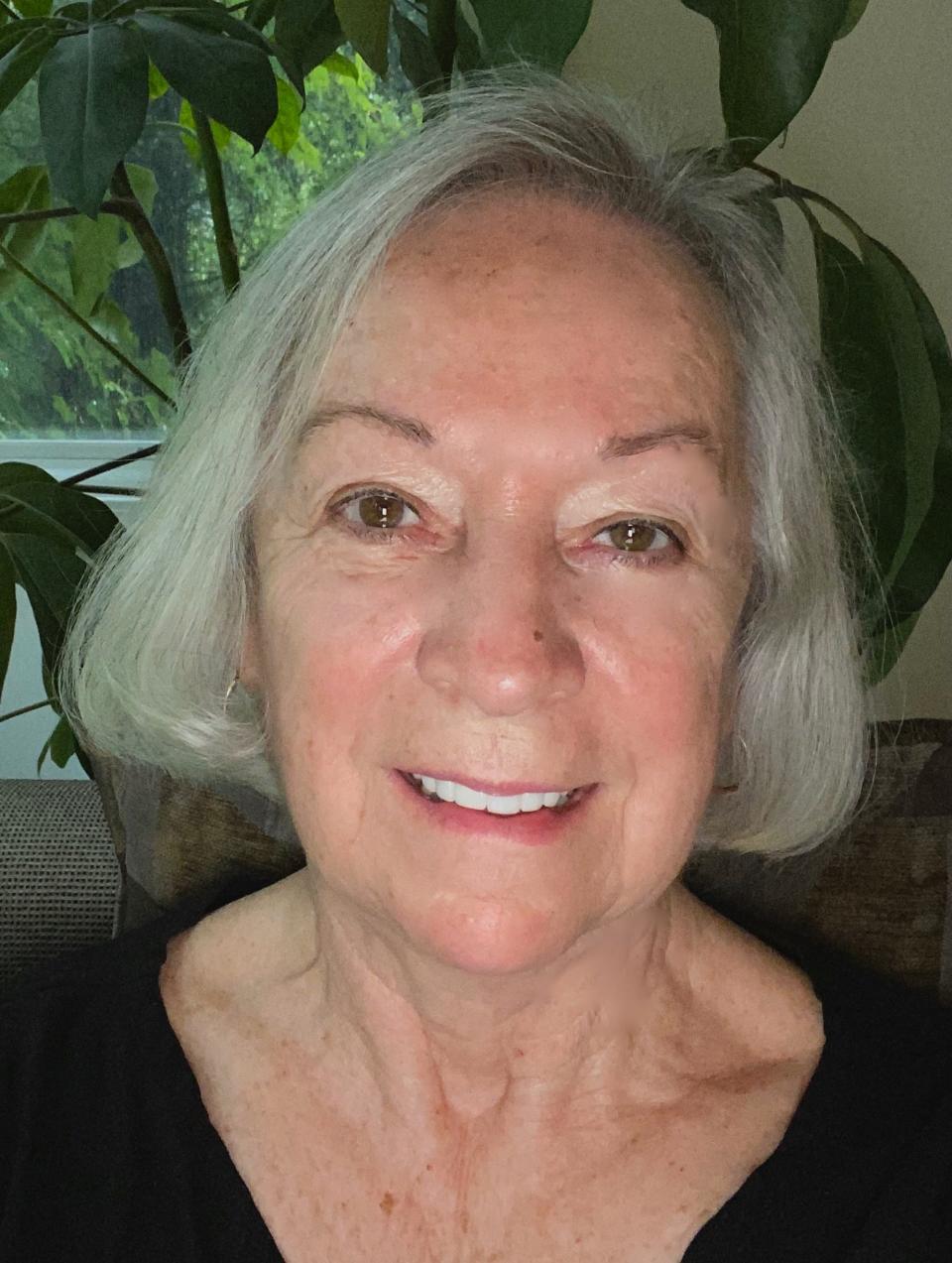An onslaught of trauma is creating a generation on alert
During the mass shooting at Michigan State University this week, Lauren Hudson heard many of the noises she heard in the first mass shooting she survived: people screaming, doors slamming and the thwacks of furniture as students rushed to barricade themselves.
In her 14 months recovering from the Oxford High School shooting, loud noises have persistently tormented Hudson. On Monday, her body shook. She cried. She wondered whether she would survive a second shooting. She wondered whether multiple gunmen surrounded her. Whether the shooting had been planned.
"It is very easy to slip back into that space," she wrote in an email in response to questions from the Free Press.

Like Hudson, some MSU students lived through their second mass shooting on Monday. A handful of students were at Oxford on Nov. 30, 2021, another student said she survived the shooting at Sandy Hook Elementary in Newtown, Connecticut, in 2012, over a decade ago. Thousands more who were on campus Monday, many of whom are young adults, survived their first shooting. They've also survived a pandemic.
And in the wake of all that, experts say, many Michiganders may be on high alert.
More:Crisis therapists cleared their schedules to help MSU students, faculty
More:Professor who faced Michigan State gunman speaks out
Hypervigilance is a heightened sense of awareness of one's surroundings − People experiencing it may pay close attention when someone new walks into the room, look for exits as soon as they enter a crowded space or may be jumpy in reaction to a loud noise, such as a balloon popping. It can be a symptom of post-traumatic stress disorder.
It's a function of control for people who have recently experienced trauma, said Sandra Graham-Bermann, a University of Michigan professor and director of the Child Resilience and Trauma Lab.
"Being hypervigilant is very important," she said. "It keeps you from being surprised to get in control of the anxiety that comes with being traumatized."
But what starts as a defense mechanism can become in the long term an all-consuming worry that stops young people from being able to relax, suffering as they struggle to pay attention in class or with fear that socializing will always come with a threat.
With a pandemic, a rise in school violence and threats of school violence, data indicates stressors in young people are increasing. In 2021, 61% of female high school students said they experienced persistent feelings of sadness or hopelessness over a year. In 2011, 36% said they felt persistently sad or hopeless, according to a recent report from the Centers for Disease Control and Prevention.
Jecholiah Marriott, a senior at Cass Technical High School in Detroit and the lead of March for Our Lives, the Detroit chapter, said even though she was more than an hour away from East Lansing, the shooting at MSU rattled her.
"It's scary how normalized and how I'm used to this, especially as a student," she said. "This kind of adds like a little bit of a fear factor. ... You know, something could go wrong at any moment."
A pandemic, gun violence, school threats
Between January 2020 and February 2022, 203,649 children under 18 lost their caregiver because of COVID-19, according to a report by the COVID Collaborative, a national pandemic coalition. Loss, coupled with an increase in school shootings in 2022, has built up layers of trauma in some young people, said Melissa Brymer, director of terrorism and disaster programs at University of California, Los Angeles' Duke National Center for Child Traumatic Stress.
"If I experienced community violence, whether it's at school or in the community, going out into the community, I'm going to have a sensitivity or an awareness," Brymer said. "When we've experienced that, we kind of go from the lens of danger lurking around us, and is this going to happen again? And, how do I protect myself?"

For Marriott, what appears to be an increase in school threats and violence has boosted anxiety levels.
"If I see someone open carry, I get visibly distressed," she said.
Hudson felt like she relived what happened at Oxford on Monday. In the days since, she has once again struggled with nightmares, feeling like she's back in a fog.
"In some ways, I feel like I did on November 30, 2021," she wrote. "But in other ways, I feel like I have more resources. I have faced this monster once already, and I feel like I can be helpful to my friends that are experiencing this all for the first time."
More exposure to trauma can complicate the recovery from trauma, according to Graham-Bermann.
"The more times you're exposed to trauma, the longer it takes to recover from the traumatic experience," she said. "It makes sense. It piles up, but it does something to you physiologically that you don't get back to homeostasis. Your hormones are raging in different ways."
Recognizing hypervigilance
Hypervigilance can be an important measure of control in the days after a traumatic event.
Graham-Bermann works with groups of children exposed to violence. She has noticed that when she first walks into the room, the children all try to look at her right away.
"They want to know: Am I safe? Am I drunk? Am I going to hurt them? Because they've been exposed, they've been scared already," she said. "They have to be on guard to stay safe and in control."
After a traumatic event, hypervigilance will eventually subside for most people, who can return to their normal lives. But it can become a problem when it interferes with their lives, if it keeps them from going to school or seeing their friends.
According to Brymer, overcoming those emotions might take extra, individualized support including therapy or access to online resources, which can help explain their trauma. Young adults may need stronger support systems, and to feel like they're a part of a cohesive community on campus. They also may need help overcoming the stigma that comes with seeking mental health help.
Another way survivors can feel less helpless: advocating for change, Graham-Bermann said.
"One of the things that does come out of working with young adults and with kids is that they are hopeful, they're optimistic," she said. "They're growing. Life is spreading out before them."

Hudson is optimistic she can begin to recover from what happened at MSU. She has not yet recovered from Oxford, she wrote. It may take a lifetime.
"I think it means that I am here on earth to do something, to reach out, to help, to love, to support, to guide," she wrote. "I have to believe there is a reason that this has happened to me twice, and that I will learn lessons from these experiences that will not only help me, but help others."
Contact Lily Altavena: laltavena@freepress.com.
This article originally appeared on Detroit Free Press: Some MSU students lived through Oxford, Sandy Hook shootings

